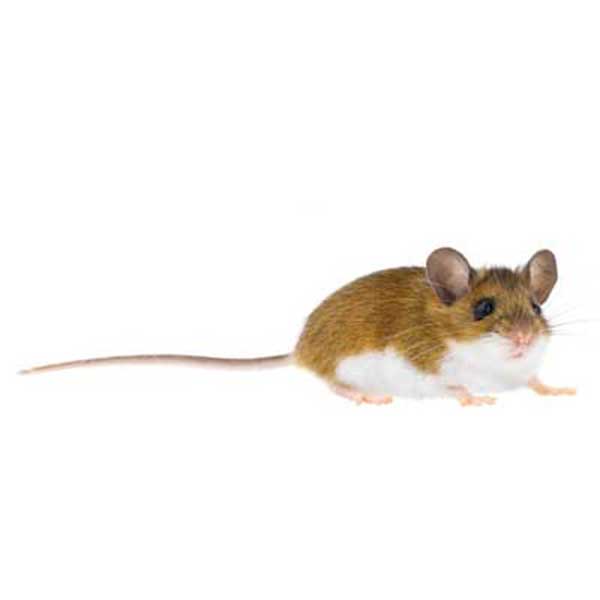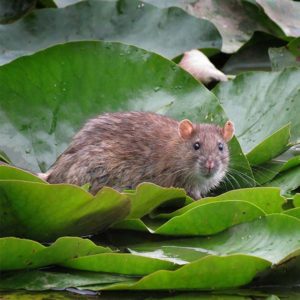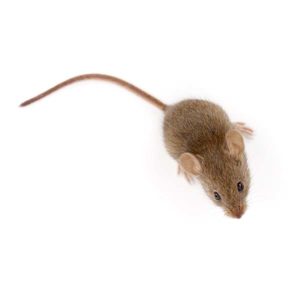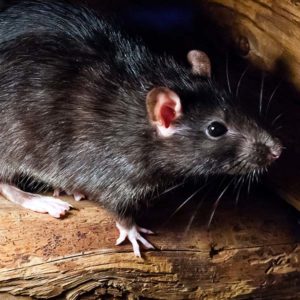Description
| Size | 5” to 8” long including the tail |
| Characteristics | Grey to reddish-brown in color, with white feet and underbelly. |
| Habitat | Typically builds nests in trees or beneath logs outdoors. May nest in basements or attics for shelter during cold weather. |
| Habits |
|
| Deer Mice in the Pacific North West | Also known as field mice or white-footed mice, deer mice are a pest found all throughout North America. Though these rodents prefer woodland areas, they also nest in desert areas. Deer mice rarely infest residential properties and they are most commonly spotted outdoors in rural areas. However, they may try to enter homes in search of shelter if the temperatures drop. Though deer mice are not known to be aggressive or majorly destructive, they can still pose a threat to human health by transmitting the potentially fatal hantavirus. |
| Deer Mice Habitat | Deer mice are crepuscular rodents, meaning they are most active at dawn and dusk. During the day, these small rodents spend their time curled up in cup-shaped nests made from stems, leaves, and other organic materials. The nests are often lined with feathers or shredded cloth, and they are frequently located in tree hollows or near fence posts. Since deer mice do not hibernate, they may invade homes during the winter months in search of warmer shelter. When indoors, deer mice are known for constructing nests in low-traffic areas such as basements, attics, and crawlspaces. |
| Deer Mice Behavior, Threats, and Dangers | Deer mice are not social creatures, so they mainly stay outdoors in dark and secluded areas. However, these rodents may enter households during cold winters. Though deer mice are not known to be aggressive, they can be a major threat to your family’s health if they make it indoors. Deer mice can carry the potentially fatal hantavirus, which is often transmitted by coming into contact with mouse carcasses or urine droplets. Since these pests can be dangerous to human health, it is recommended to contact a licensed rodent control company if you find deer mice on your property. |



